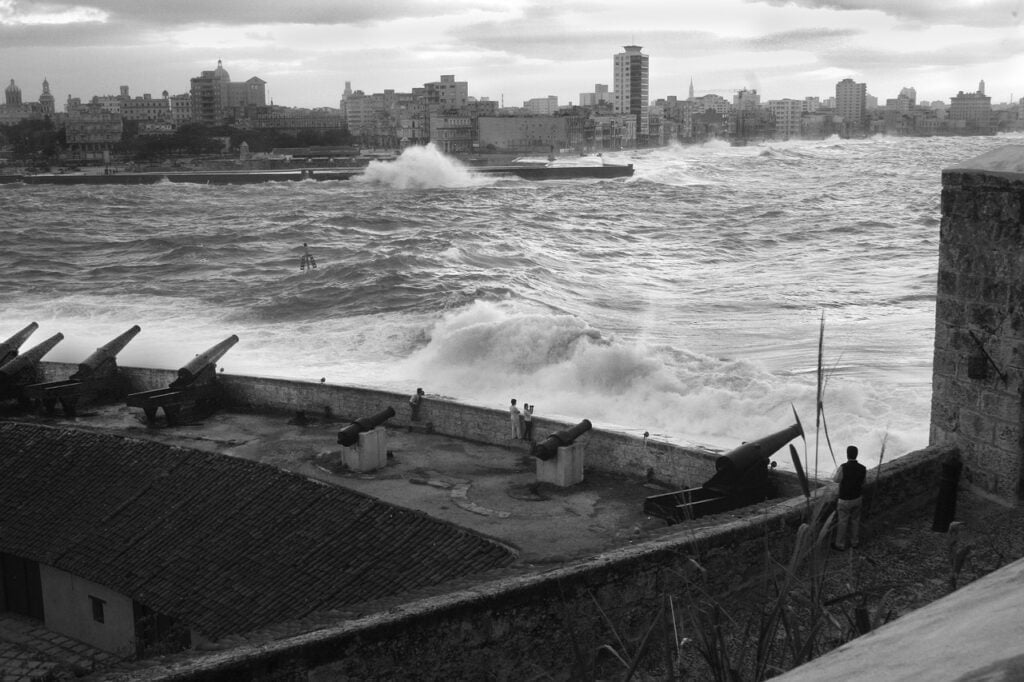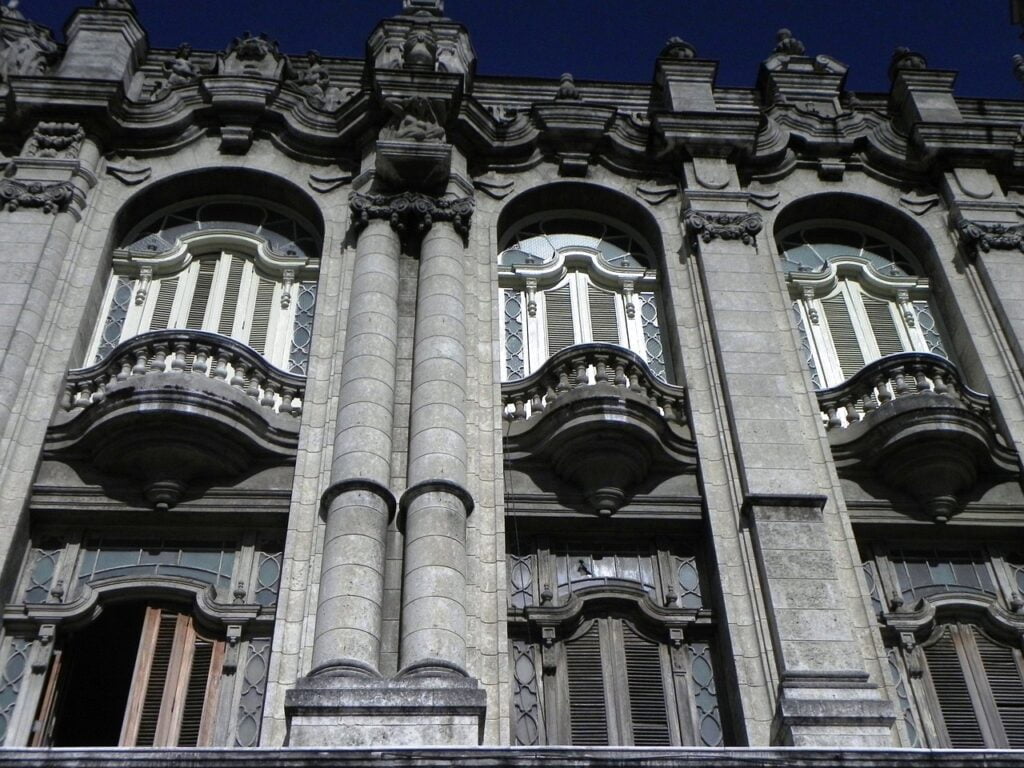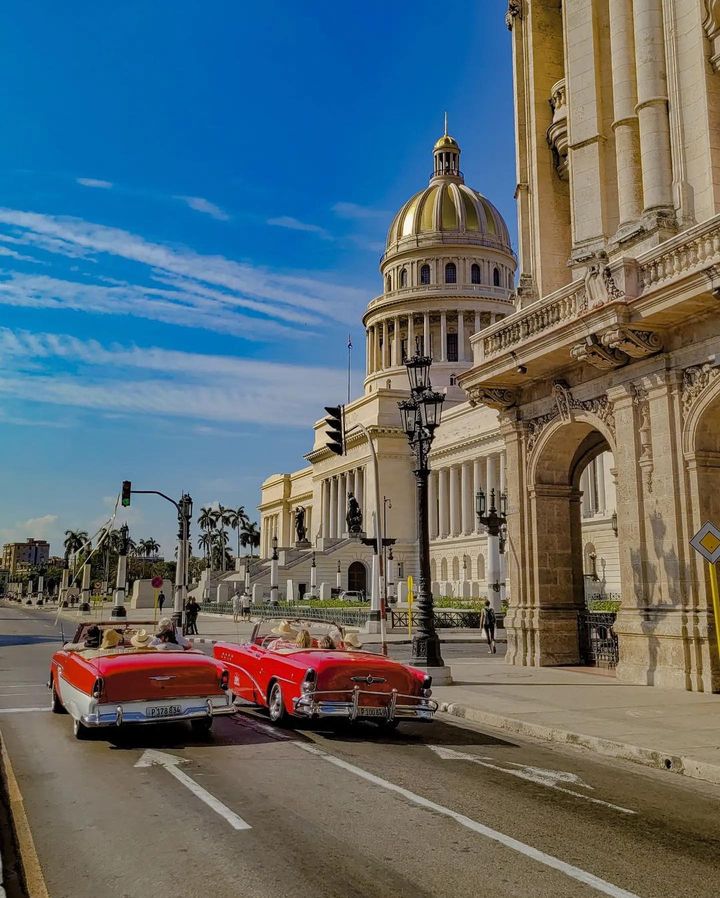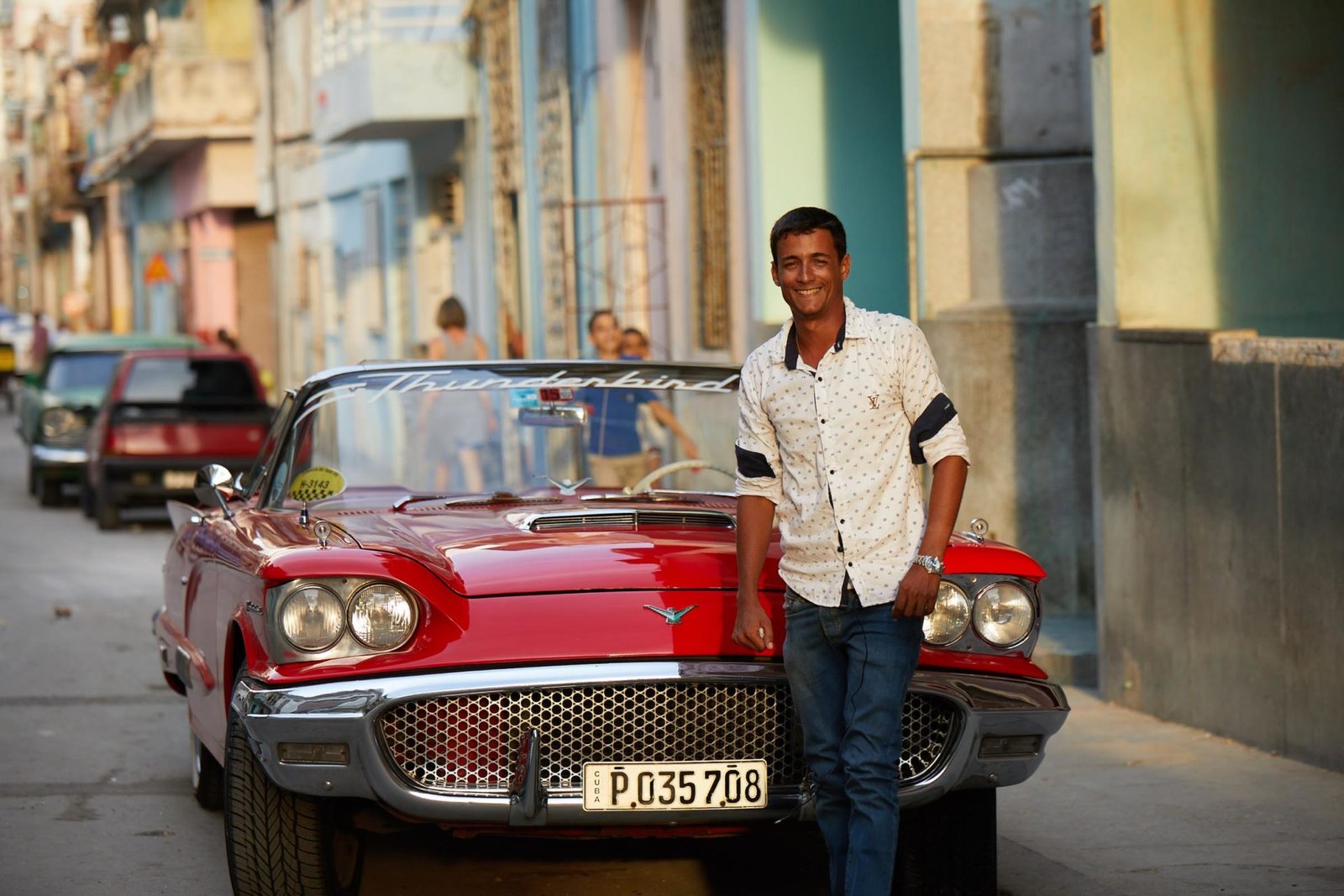It’s well known that traveling to Havana is like traveling back in time: the weathered buildings, the old classic cars, and the rich history stand out as top places on your visit to Cuba. Cuban architecture is a mosaic of styles from different periods and regions, from military fortresses and Catholic churches dating back to Spanish colonial times and sumptuous hotels and casinos built by the American mafia in the 1950s. This is a list of 16 of Havana’s Iconic Architectural Landmarks.

Basilica Menor de San Francisco de Asis
This building was inaugurated as a church in 1739 and is consecrated to the memory of Saint Francis of Assisi. With its 104-foot (32-meter) tower, it was the tallest building in Havana in the 18th century. The church of choice of the British during their occupation of Havana (1762–1763), was declared desecrated and therefore unfit for worship by the Bishop of Havana when the occupation ended, and it was never used as a church again.
Morro Castle

Built between the 16th and 17th centuries to protect the city from the attacks of French corsairs and pirates, Morro Castle is strategically located at the entrance of Havana Bay. It is better known for its lighthouse, installed in 1895, which has become one of the foremost symbols of the city.
La Cabana Fortress

Built as part of a project to improve Havana’s protection from foreign attacks after the city was returned to Spain by the British in 1763, this impressive building is the third-biggest colonial fortress in the Americas. A daily ceremony is held at the fortress, reenacting the traditional cannon shot that announced the closure of the city gates at 9 p.m.
The Palace of the Captain General
Considered by many to be the most important baroque building in Cuba, the old Palace of the Captain General (the highest representative of the Spanish Crown in Cuba during colonial times) is today the Museum of the City. Built-in 1776, it was the office of and home to 65 captain generals, and from 1898 to 1902 it served as the headquarters of the US government during the intervention of Cuba.
La Fuerza Castle
The oldest stone fort in the Americas, La Fuerza Castle was built too far inside Havana Bay, a mistake that undermined its capacity to protect against attacks. Crowning its tower, there’s a replica of La Giraldilla, a weathervane in the shape of a woman that has become a symbol of Havana. It is a tribute to the widow of a former Havana governor, who kept waiting in vain for the return of her husband from an expedition to Florida, where he had perished.
Havana Cathedral
It is one of eleven Catholic cathedrals on the island. It is located in the Plaza de la Catedral on Calle Empedrado, Old Havana. The thirty by forty-nine meters rectangular church serves as the seat of the Roman Catholic Archdiocese of San Cristóbal de la Habana. Christopher Columbus’ remains were kept in the cathedral between 1796 and 1898 before they were taken to Seville Cathedral.
Revolution Square
This square combines a memorial, a giant statue paying tribute to Cuba’s national hero Jose Marti, and a tower that marks the highest point in Havana. The tower and the statue were part of two architectural projects submitted to a public competition organized in the 1950s to find a concept worthy of a brand-new public square for Havana. The competition ended in a tie and the winners combined their ideas in this square. It is one of the largest public squares in the world, at 72,000 square meters, as well as a place of great historic value, as it has been the scene of several of the main events throughout the Cuban Revolution.
National Museum of Fine Arts
Inaugurated in October 1927 as a social club for Asturians and their families in Cuba, this eclectic construction combines Spanish baroque and plateresque styles, seeking to convey an image of grandeur and elegance. Following renovation works that concluded in 2001, the building was reopened as the new home of the international art collection of the National Museum of Fine Arts.
Gran Teatro de La Habana

Designed by Belgian architect Paul Belau, this neo-baroque building, inaugurated in 1915, has an elegant façade featuring four sculptures by Giuseppe Moretti symbolizing charity, education, music, and drama. This theater has a long history as one of the main cultural and artistic centers of the country. It was here that U.S. President Barack Obama delivered his address to the Cuban people during his historic visit to Havana in 2016. Since 1964, the theater has served as the headquarters of Cuba’s National Ballet and the prestigious Havana International Ballet Festival, as well as the headquarters of Cuba’s Lyric Opera House and the National Spanish Ballet Company.
Iglesia de Reina
The tallest church in Cuba, the Sacred Heart Church (popularly known as Iglesia de Reina, that is, “the church in Reina Street”) is one of the most beautiful Catholic churches in Cuba. Inaugurated in 1923, the building features gothic-style motifs, including a pointed tower rising 164 feet (50 meters) into the sky, that can be easily spotted from different parts of the city. The main altar – built in Madrid and assembled in Havana – and the stained-glass windows are astonishingly beautiful.
Bacardi Building

One of the most beautiful Art Deco buildings in Cuba and Latin America, the Bacardi building was the tallest Cuba had ever seen when it was inaugurated in 1930. Its façade, floors, and interior are covered in marble and granite, which according to construction records were imported from at least seven European countries, including Germany, Sweden, Norway, Italy, France, Belgium, and Hungary. Originally built to house the headquarters of the Bacardi rum company, today it is an office building.
Jesus de Miramar
The Jesus of Miramar Church is Cuba’s second-largest church. Featuring a huge dome built in Roman-Byzantine style, the church is located in an upscale neighborhood in Miramar and is visible from a distance. The inside of the building is decorated with 14 large mural paintings of the Stations of the Cross by Spanish artist César Hombrados.
Russian Embassy
The Russian Embassy in Havana is a peculiar building that stands out in Havana’s cityscape because of its Stalinist style. Designed by Russian architect Alexander Rochegov, it was inaugurated in 1987, serving first as the embassy of the Soviet Union in Cuba. The locals popularly refer to it as La Jeringuilla (“the Syringe”) because its shape is reminiscent of that object.
U.S. Embassy in Havana
This modernist—brutalist building, designed by the architectural firm Harrison & Abramovitz, catches the eye with its shape and reflective glass façade. Re-inaugurated in August 2014 as the U.S. Embassy in Havana after decades of functioning as the headquarters of the U.S. Interest Section, the building is an important landmark in U.S.–Cuba relations. The “Mount of Flags” and the Anti-imperialist Tribune built by the Cuban government next to the embassy are some of the visual remnants of the historic hostility between the two countries.
National Hotel
Built-in 1930 overlooking the Malecon, this hotel has had a long list of illustrious guests, from heads of state to famous actors, including Marlon Brando, Frank Sinatra, and Marlene Dietrich. Its Cabaret Parisien offers Cuban music and dance shows, and there are many other nightclubs within walking distance of the hotel. It is also one of the main venues of the Latin American Film Festival, one of the most important in the region, held every December with the participation of renowned filmmakers from all over the world.
Capitol Building
This neo-classical building crowned by a cupola is one of the main architectural icons of Cuba. The seat of the Cuban government for many years, it was an incredibly luxurious building when it was inaugurated in 1929. Inside the building, a statue representing the Republic rises over 55 feet (17 meters) into the inside of the cupola, making it the third-largest indoor statue in the world. At her feet, a 25-carat diamond marks Cuba’s, Kilometer Zero.









0 Comments